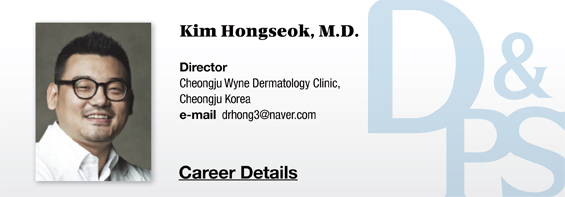
The effect of daily oral dosage of 400IU of vitamin E on inhibition of UV-induced epidermal damage was examined. Over the period of 6 months, histological findings and minimal erythema dose (MED) were evaluated at baseline, 1 month, and 6 months. Investigators of this study found no significant differences between the vitamin E group and placebo group and concluded oral dose of α-tocopherol 400IU did not have a significant photoprotective effect.
Other studies reported that vitamin E needs to be combined with vitamin C or other antioxidants to bring photoprotection. Lin et al. reported that the combination of 1% α-tocopherol and 15% L-ascorbic acid was drastically more effective than each ingredient used alone.
Wound healing
ROS are released when a wound is sustained and inhibit recovery from the damage of DNA, cell membranes, proteins and lipid layers. Antioxidants inhibit release of neutrophils during the inflammatory phase of the healing process and reduce the cell damage induced by free oxygen radicals, leading to wound healing. In the late1960s, Kamimural et al. reported that vitamin E was delivered to the dermis and subcutaneous layers when applied topically. Many reports described the benefits of topical vitamin E for wound healing.
Jenkins et al. examined if topical vitamin E used after the reconstructive surgery of burn wounds reduced scarring but found no significant difference between the treatment group and controls. About 20% of patients showed treatment response to topical vitamin E.
[Advertisement] MAGNUM(Q-switched Nd:YAG Laser) – Manufacturer: (www.i-dana.com)]
Another study examined the effect of topical vitamin E in surgical wounds. For six months, one group was given the daily dose of 320IU Aquaphor combined with d-α-tocopheryl/gram and the other group was given Aquaphor alone. Vitamin E was not found to bring any aesthetic improvement of the surgical wound.
Forms of vitamin E
Vitamin E is also known as tocopherol. Among four types of tocopherol (α·β·γ·δ), α-tocopherol has the most potent activity and γ-tocopherol inhibits expression of tyrosinase melanoma cells. Vitamin E works as a lipid-soluble antioxidant and protects the skin from oxidative stress and is frequently used in burn and wound care despite lack of FDA approval for this use.
The daily recommended dose has been established for only α-tocopherol, the most active form. All forms of vitamin E are referred to as ‘d’ or ‘dl’ depending on the chemical structure. The 'd' form is natural, whereas the ‘dl' form is synthetic. The natural form has superior activity and absorption. Synthetic vitamin E only contains α-tocopherol.
-To be continued




















